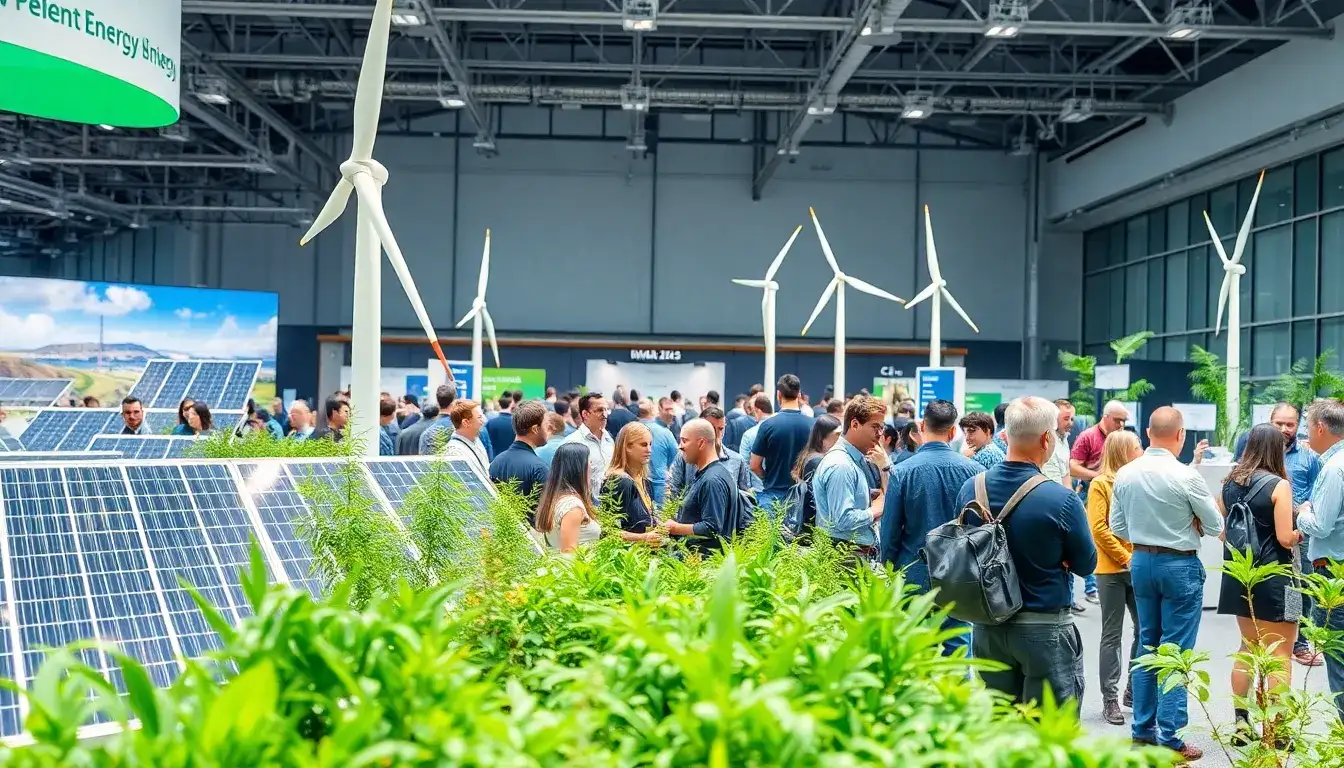
The 2025 National Renewable Energy Supply Conference is set to take place from March 29 to March 30, organized by the National Energy Administration and the National Solar Energy Technology Innovation Alliance. The main theme of the conference is “Green Energy: Driving Future Development” and will be held in the Hebei province.
During the conference, experts from the Chinese Academy of Sciences will highlight the need for a significant increase in renewable energy resources to meet the growing demand in construction and industry. They emphasized that the supply of renewable energy is crucial during the transition to cleaner energy systems.
Looking ahead, there are two primary objectives: First, to rapidly advance the construction of solar, wind, and energy storage projects; and second, to promote the integration of oil and gas development with renewable energy resources. Additionally, there is a need to enhance the promotion of solar energy applications in stable power generation.
Moreover, it is essential to address the challenges in the deployment of geothermal energy, centralized energy systems, and other renewable energy sources. The focus will also be on balancing energy supply and demand, particularly in rural areas, to ensure the effective utilization of renewable energy resources.
The National Energy Administration has expressed that the development of renewable energy should be recognized as a key factor in achieving a carbon-neutral future. The need for renewable energy is critical as China works towards optimizing its energy structure and reducing carbon emissions.
The conference will be a significant platform for discussing the large-scale development of renewable energy and its applications in various sectors, emphasizing the importance of sustainable growth and environmental protection.
In summary, the 2025 National Renewable Energy Supply Conference aims to set ambitious goals for the future of renewable energy in China, focusing on innovation, collaboration, and the successful transition to a greener energy landscape.







